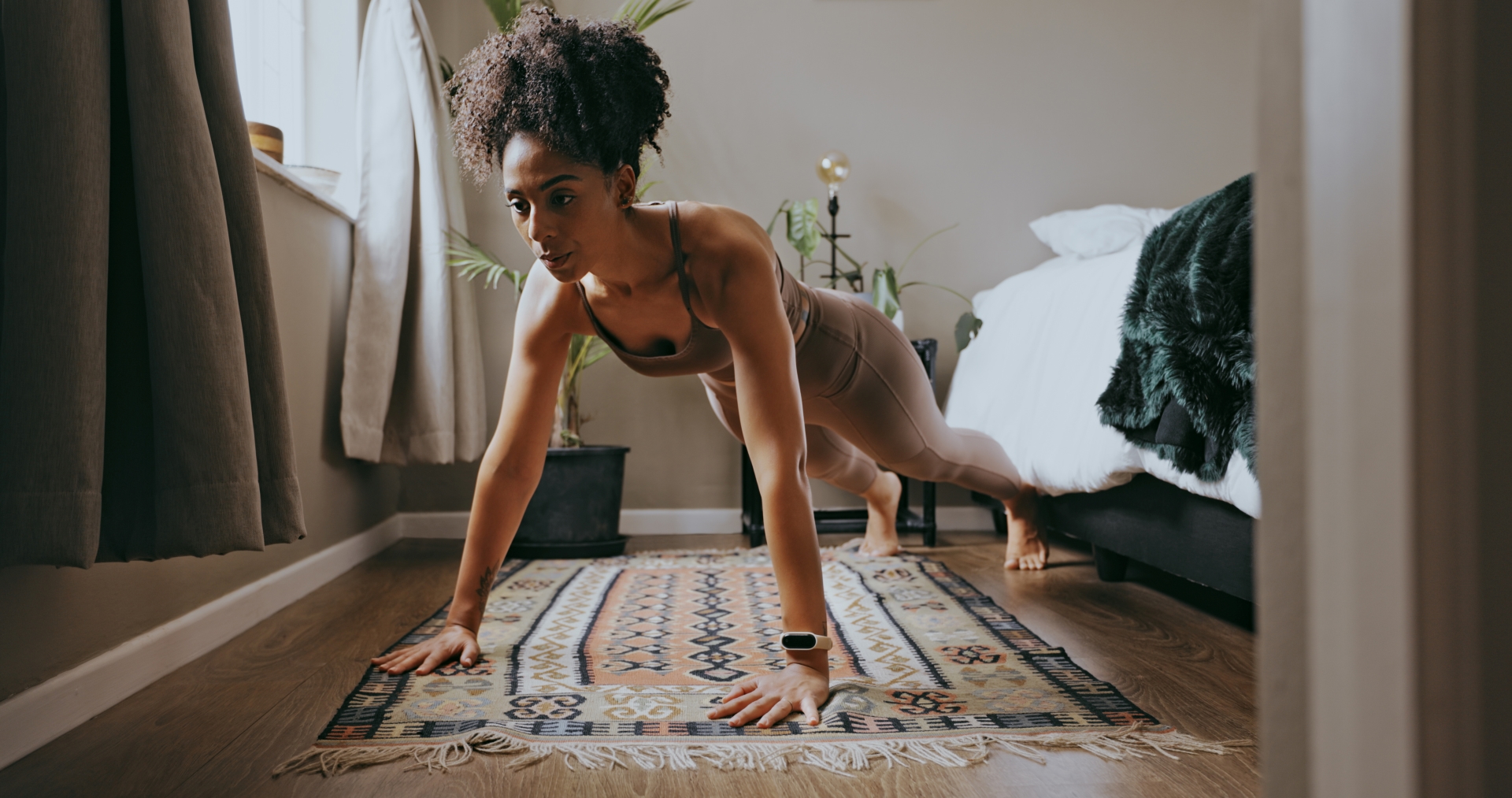

Push-ups are one of the most effective bodyweight exercises for building upper body and core strength. But if you’re at the start of your fitness journey, then a push-up may be deceptively challenging. The good news? It’s not an impossible task.
All you need is a structured plan, some beginner-friendly moves such as modified push-ups and consistent practice to develop the strength in your chest, arms, core and back for a full push-up. The focus should be on building a safe and solid foundation, gradual progression and proper technique. Ready? Let’s get started.
What muscles do push-ups work?
Push-ups are a compound exercise, meaning they work multiple muscle groups simultaneously. The main muscles worked are the chest, shoulder and triceps. But to execute stellar push-ups, you need to engage your core. That’s not just your upper abdominal muscles (aka the six-pack) but the whole of your midline, including the lower abs and obliques. This will help you maintain stability and proper alignment. Some upper-back muscles also come into play, and your legs and hips will also be engaged in holding you up, making push-ups an excellent full-body exercise.
Why push-ups are good for you
Push-ups offer a wealth of benefits. Naturally, they’ll build muscle and strength in your upper body, increasing muscular endurance over time, which can improve performance in sports and help prevent injuries. They’re also fantastic at enhancing core stability, making them a functional movement, improving your balance and posture and making everyday tasks such as pushing or lifting objects easier.
Whatever fitness level you’re at, push-ups are very versatile, so you can modify them to suit your strength and ability, whether you’re a beginner or professional athlete. And best of all? Push-ups require no equipment—you can do them anytime, anywhere. Using just your bodyweight, this weight-bearing exercise also supports bone health and can boost your metabolism by working multiple muscle groups, making it an incredibly efficient way to train.
How to get your first push-up
A post shared by Saima Husain (@coach_saima)
A photo posted by on
Certified personal Saima Husain has devised a four-week plan to help you get your first push-up. Each week, the plan consists of strength-building of the chest, shoulders, and triceps, core stability, and modified moves such as incline push-ups. Plus, you can modify it to suit your fitness level by increasing or decreasing the reps.
“This four-week push-up plan is buildable at your own pace, with progressions for each movement,” says Saima. “You can adjust the reps, weight, duration and or height variations [on the modified push-ups] to suit you.”
Sign up to the T3 newsletter for smarter living straight to your inbox
Get all the latest news, reviews, deals and buying guides on gorgeous tech, home and active products from the T3 experts
“You need to build overall upper-body strength, which is why the dumbbell chest press and over tricep extension are important,” she adds.
If you’re wondering why there’s so much core-focused work in a push-up programme, Saima explains.
“Engaging your core will provide more stability throughout each rep so building your core strength is essential,” she says. “It will enable you to tolerate your own body weight as you progress to floor push-ups.”
Four-week push-up plan
Week 1
- Monday
- 3 sets with 90 seconds of rest in between
- Wall or table-height push-up 8-12 reps
- Pilates toe tap 12-16 reps
- Tuesday
- Walk 30-60 mins
- Wednesday
- 3 sets with 90 seconds of rest in between
- Forearm plank 20-30 secs
- Tricep overhead extension 8 reps
- Thursday
- Rest
- Friday
- 3 sets with 2-minute rest in between
- Dumbbell floor press with 5 sec tempo 6-8 reps
- Negative push-up 5 sec tempo 3 reps
- Saturday
- Rest
- Sunday
- Walk 30-60 mins
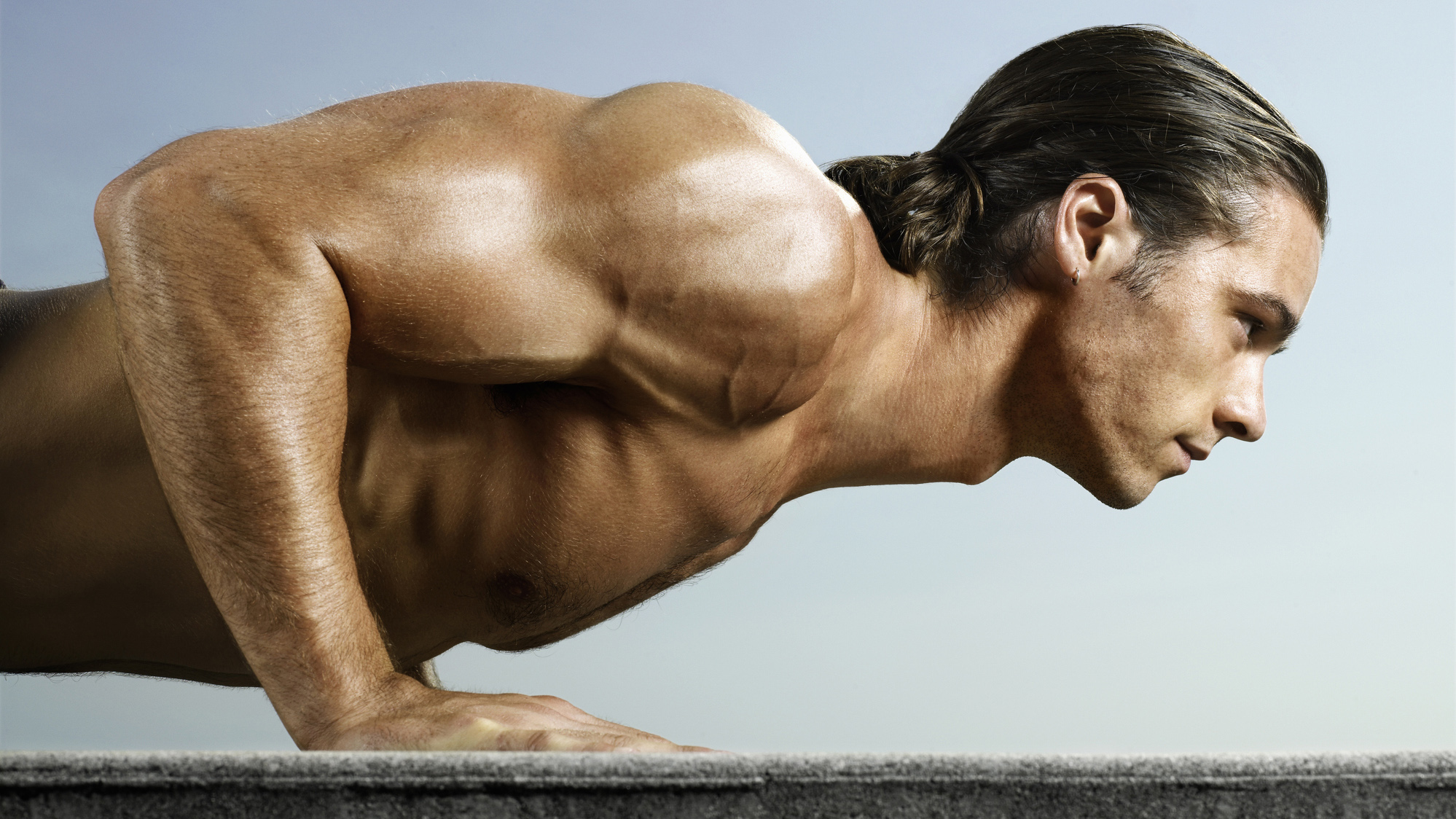
Week 2
- Monday
- 3 sets with 90 seconds of rest in between
- Wall or table-height push-up 8-12 reps
- Pilates toe tap 16-20 reps
- Tuesday
- Walk 30-60 mins
- Wednesday
- 3 sets with 90 seconds of rest in between
- Forearm plank 30-45 secs
- Tricep overhead extension 8-10 reps
- Thursday
- Rest
- Friday
- 3 sets with 2-minute rest in between
- Dumbbell floor press with 5 sec tempo 8-10 reps
- Negative push-up 5 sec tempo 4 reps
- Saturday
- Rest
- Sunday
- Walk 30-60 mins
Week 3
- Monday
- 3 sets with 90 seconds of rest in between
- Table or sofa-height push-up 8-10 reps
- Pilates toe tap 16-20 reps
- Tuesday
- Walk 30-60 mins
- Wednesday
- 3 sets with 90 seconds of rest in between
- Forearm plank 45-60 secs
- Tricep overhead extension 8-12 reps
- Thursday
- Rest
- Friday
- 3 sets with 2-minute rest in between
- Dumbbell floor press with 5 sec tempo 10-12 reps
- Negative push-up 5 sec tempo 5 reps
- Saturday
- Rest
- Sunday
- Walk 30-60 mins
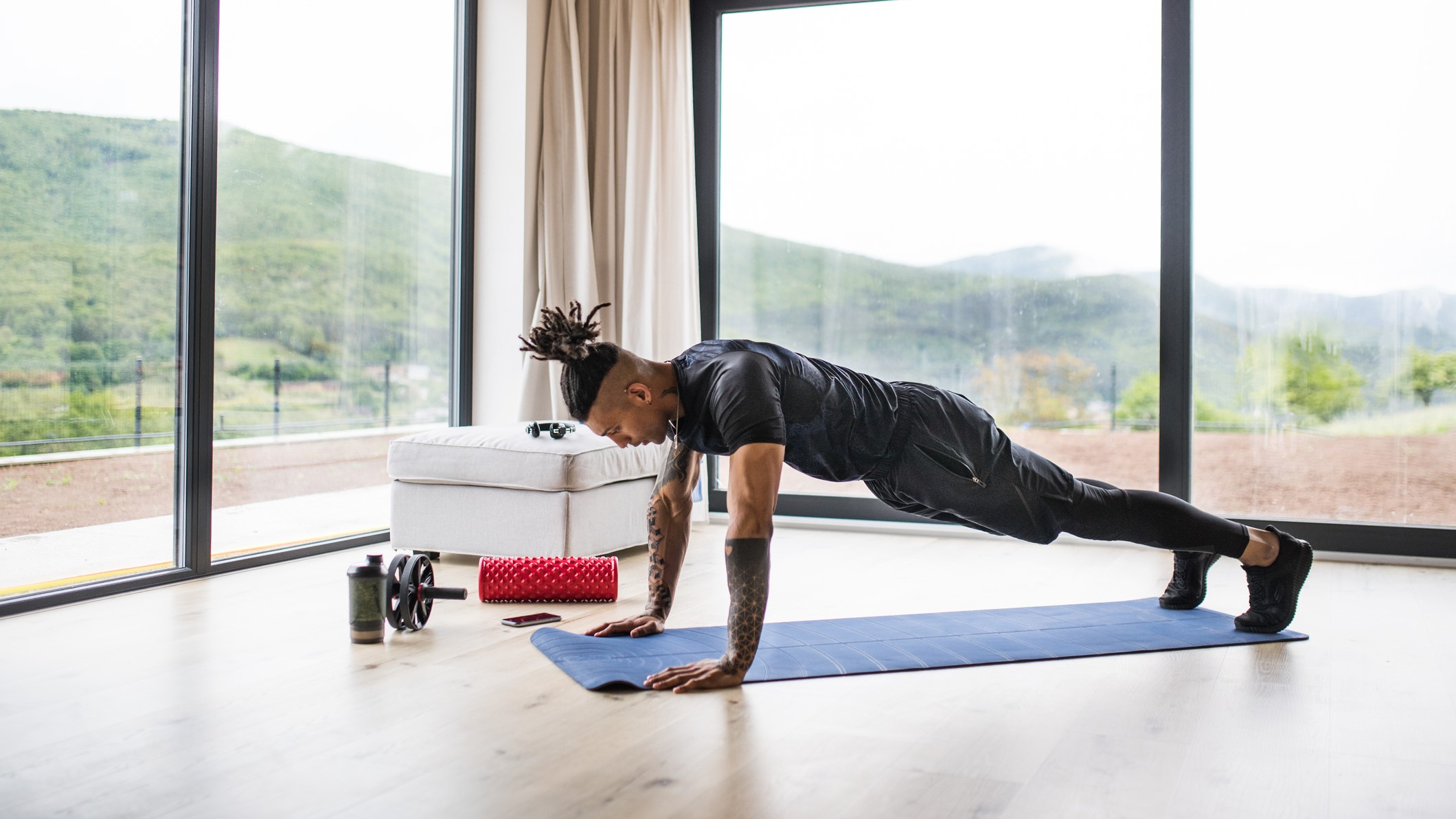
Week 4
- Monday
- 3 sets with 90 seconds of rest in between
- Table or sofa-height push-up 10-12 reps
- Pilates toe tap 20-24 reps
- Tuesday
- Walk 30-60 mins
- Wednesday
- 3 sets with 90 seconds of rest in between
- Forearm plank 60 secs
- Tricep overhead extension 8-12 reps
- Thursday
- Rest
- Friday
- 3 sets with 2-minute rest in between
- Dumbbell floor press with 5 sec tempo 10-12 reps
- Negative push-up 5 sec tempo 6 reps
- Saturday
- Rest
- Sunday
- 2-3 sets with 2-minute rest in between
- Supported push-up 4-6 reps

Yanar Alkayat is a seasoned health and fitness journalist with over two decades of experience writing for leading publications. Passionate about fitness and wellness, she specializes in topics ranging from strength training to emotional wellness. Yanar has contributed to renowned titles such as Women’s Health, Marie Claire and Fit&Well, blending expert insights with relatable narratives. Beyond writing, she’s a 580-hour registered yoga therapist, 200-hour yoga teacher and level 3 personal trainer at Yanar Mind & Movement.
-
 The new Mercedes Vision V concept might be the coolest van I’ve ever seen
The new Mercedes Vision V concept might be the coolest van I’ve ever seenThe interior of this Mercedes van looks more luxurious than a private jet
By Alistair Charlton
-
 One of Apple CarPlay's new Tesla-like features will soon be removed again
One of Apple CarPlay's new Tesla-like features will soon be removed againJust when you thought you could watch Netflix through CarPlay
By Rik Henderson
-
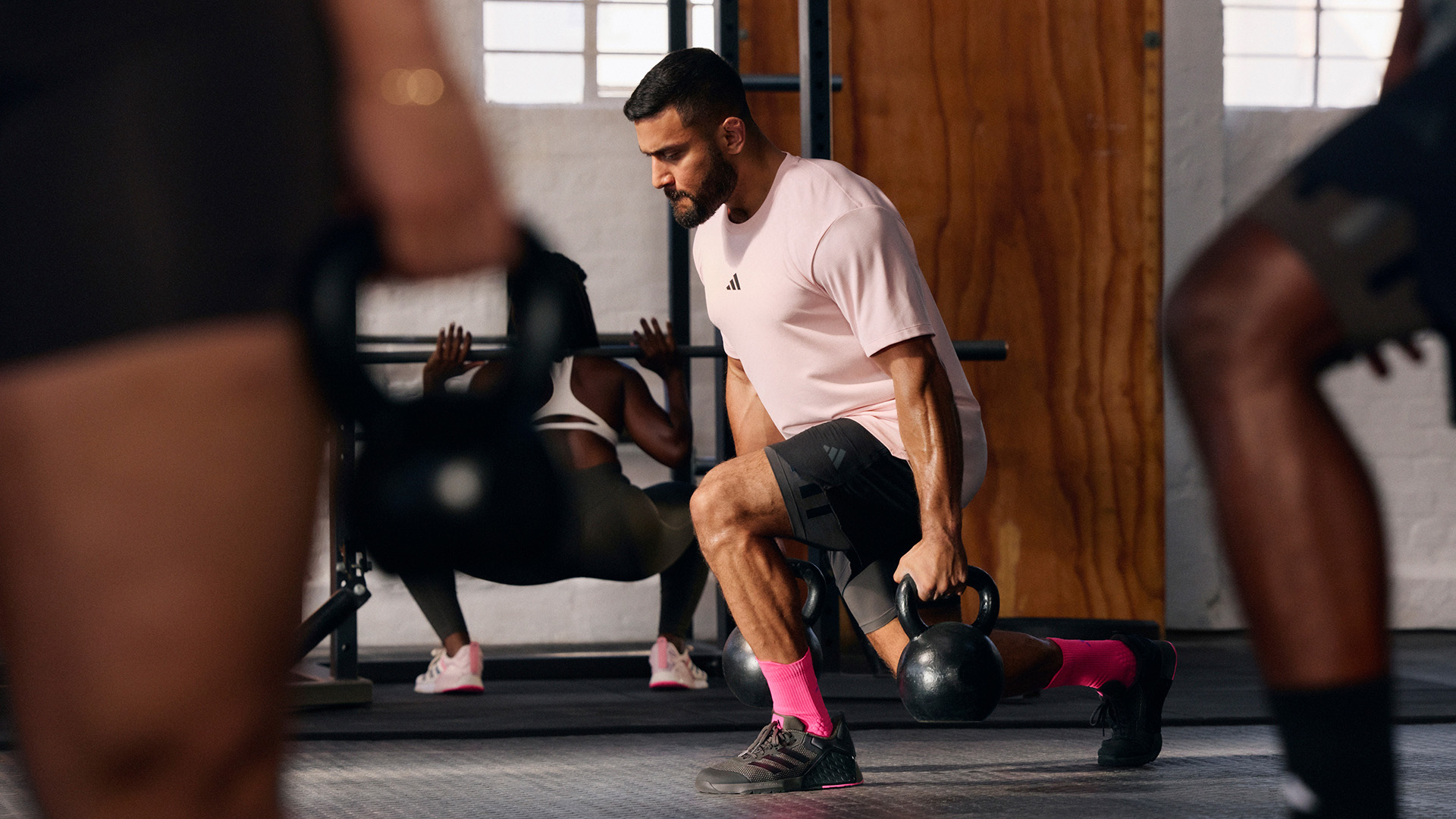 6 kettlebell exercises every runner must include in their workouts to improve speed and stamina
6 kettlebell exercises every runner must include in their workouts to improve speed and staminaAdd these exercises to boost your running performance
By Lucy Miller
-
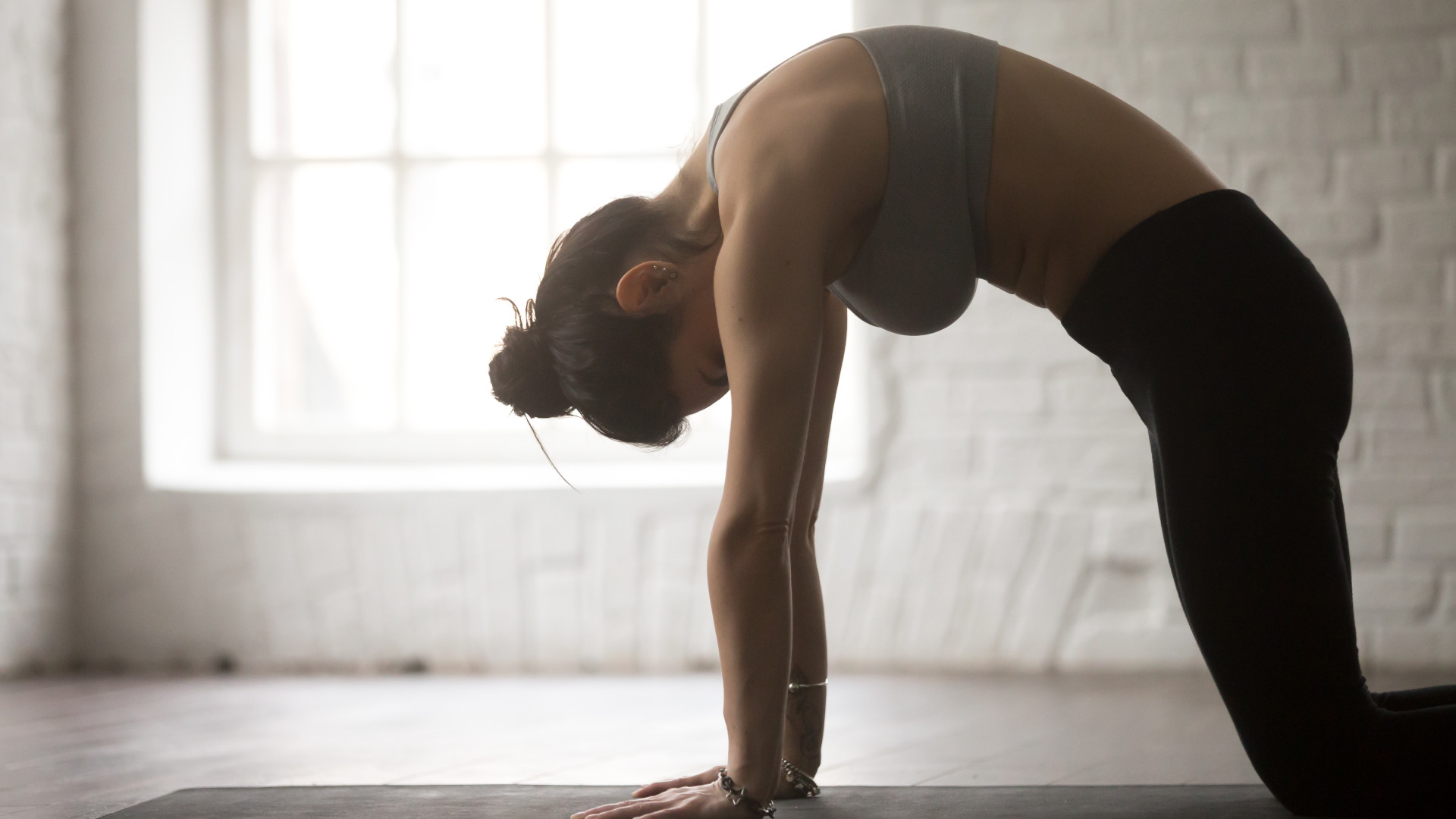 Forget tight hamstrings – yoga teacher recommends a 10-minute mobility routine for better posture
Forget tight hamstrings – yoga teacher recommends a 10-minute mobility routine for better postureSart your day the right way with this quick mobility flow
By Matt Kollat
-
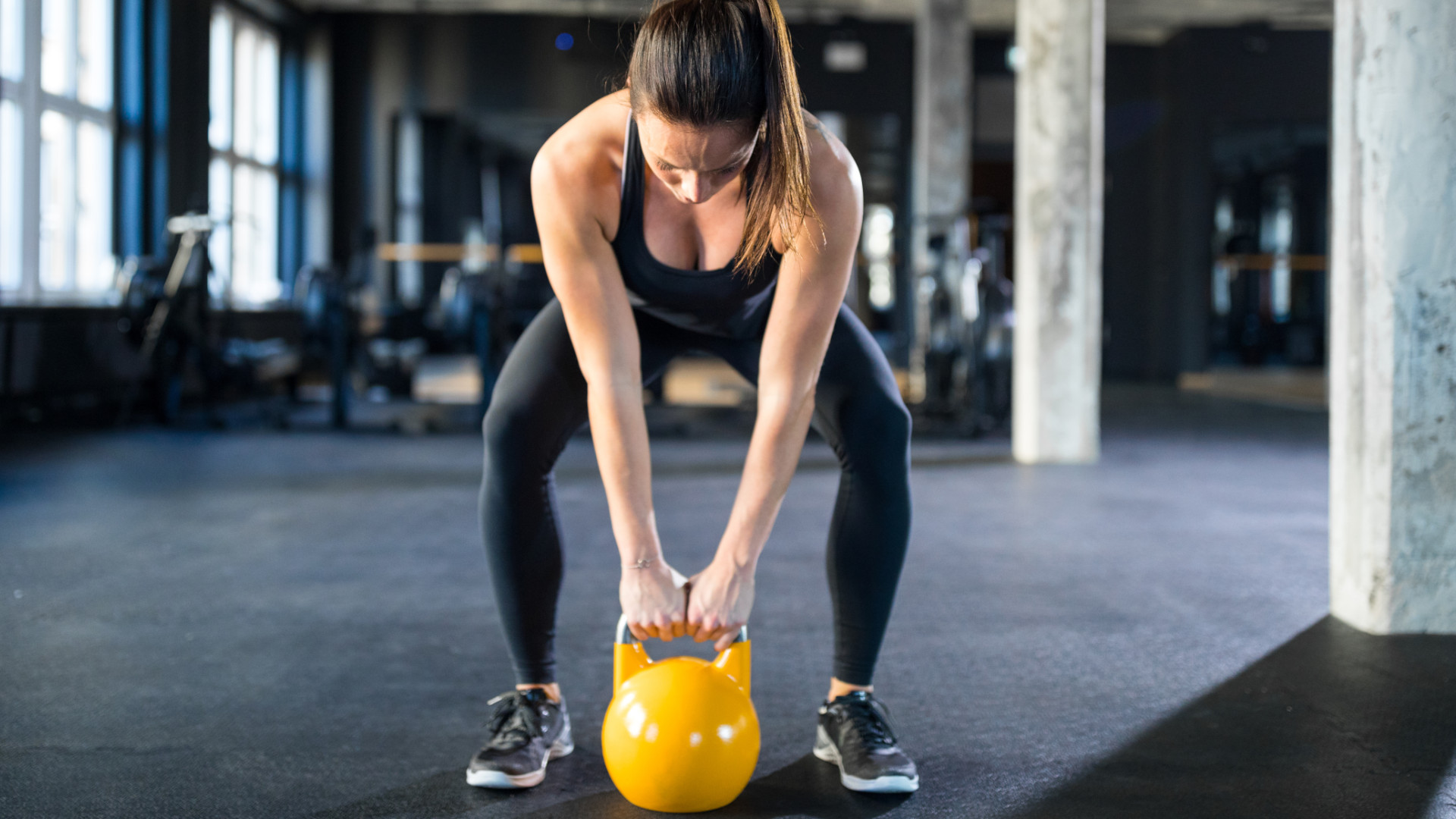 New to kettlebells? Try this four-move, beginner-friendly workout to build full-body strength
New to kettlebells? Try this four-move, beginner-friendly workout to build full-body strengthBy Bryony Firth-Bernard
-
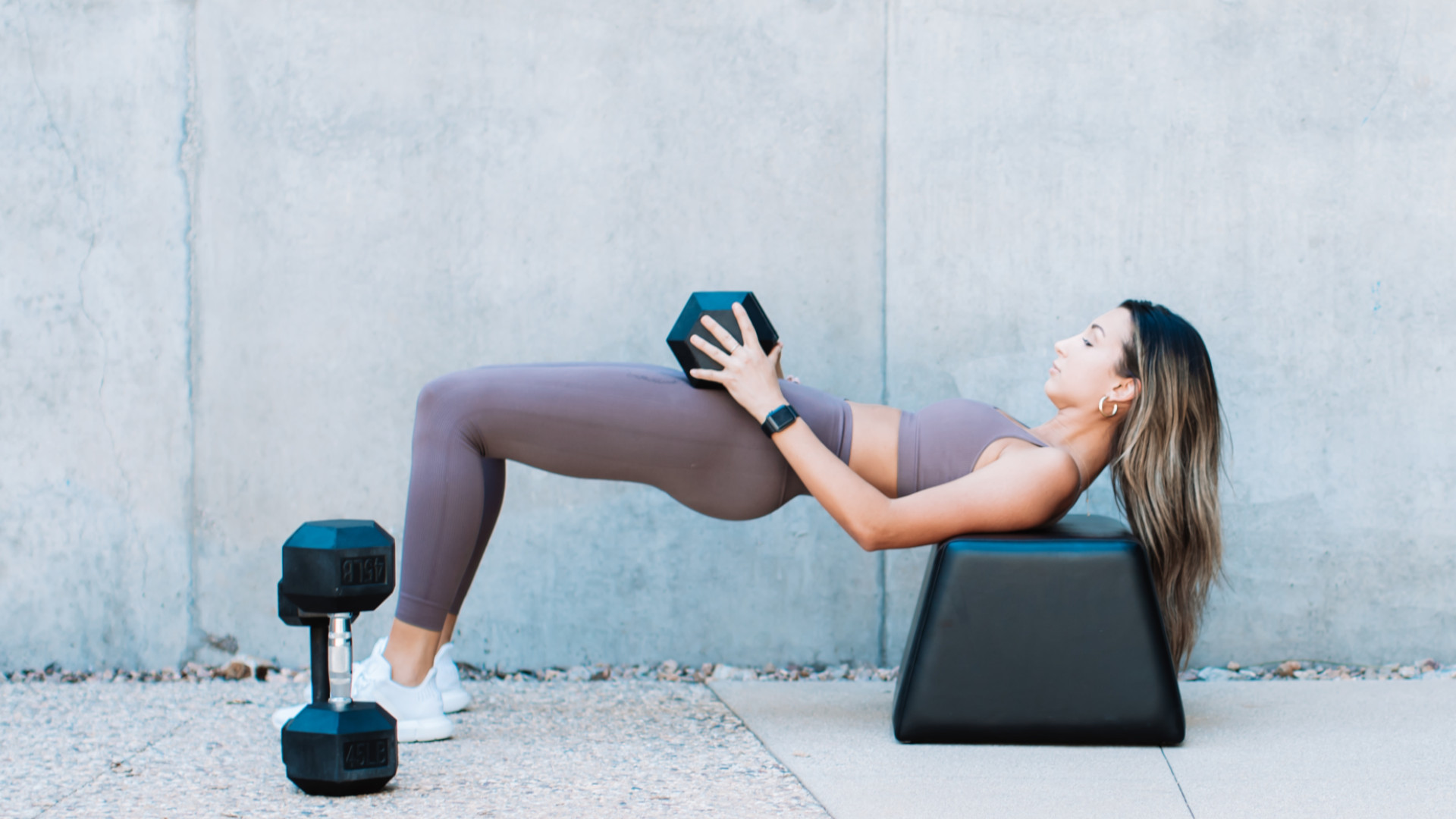 This five-move workout from Hugh Jackman’s trainer builds a stronger body in minimal time
This five-move workout from Hugh Jackman’s trainer builds a stronger body in minimal timeIt uses compound exercises and supersets to hit multiple muscles, fast
By Bryony Firth-Bernard
-
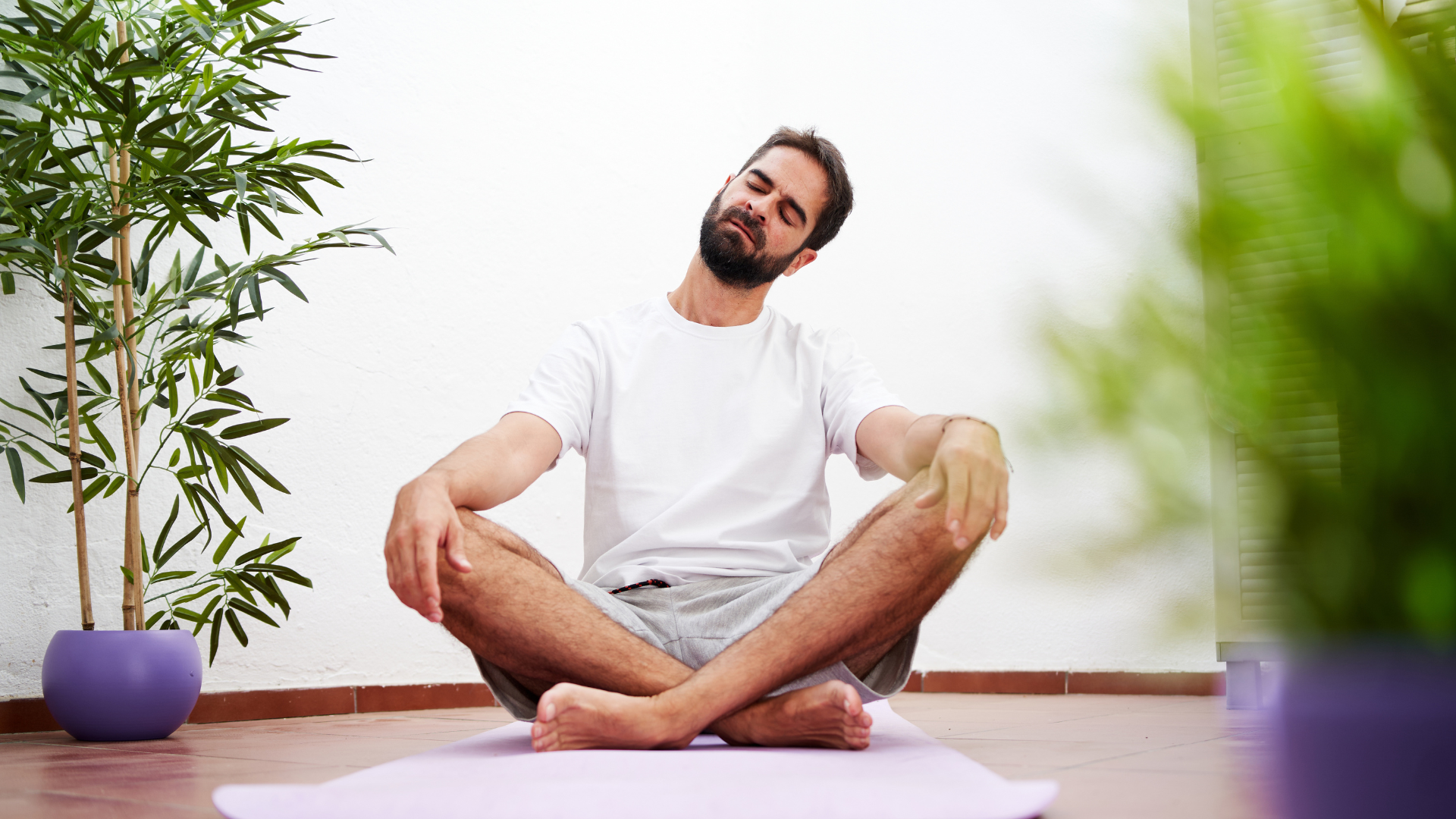 "It's a nice way to start the day" - Yoga teacher shares 10-minute no-equipment mobility routine
"It's a nice way to start the day" - Yoga teacher shares 10-minute no-equipment mobility routineShake off stiffness and start your day right with this quick, no-equipment mobility flow
By Matt Kollat
-
 20 minutes, two home weights and this HYROX-inspired workout for full-body power
20 minutes, two home weights and this HYROX-inspired workout for full-body powerReady to experience the perfect fusion of strength, endurance, and agility?
By Matt Kollat
-
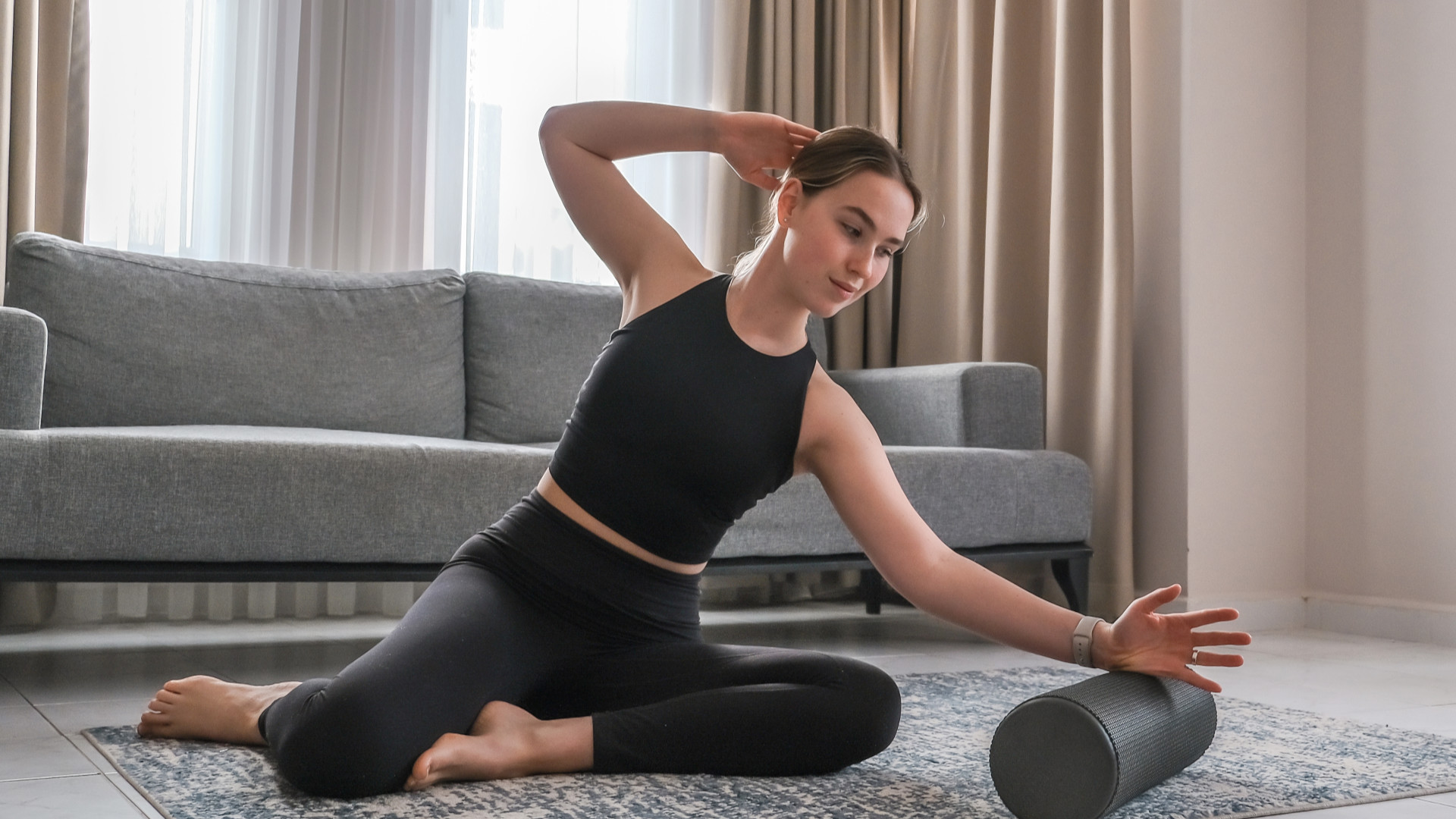 Three 'non-negotiable' exercises that’ll improve full-body mobility, according to an expert
Three 'non-negotiable' exercises that’ll improve full-body mobility, according to an expertOil up those tight joints for improved movement and better workouts
By Bryony Firth-Bernard
-
 You don’t need machines— this no-jump cardio workout burns calories and builds strength all over
You don’t need machines— this no-jump cardio workout burns calories and builds strength all overBoost your fitness and feel stronger without straining your joints
By Bryony Firth-Bernard